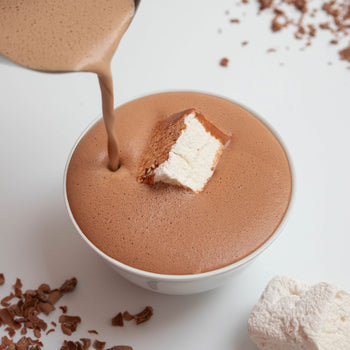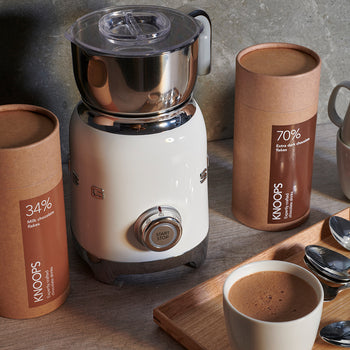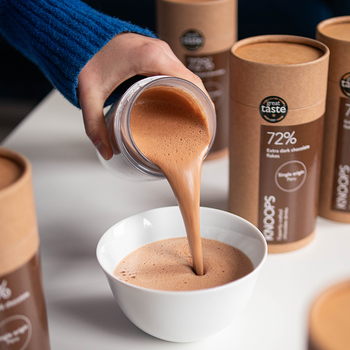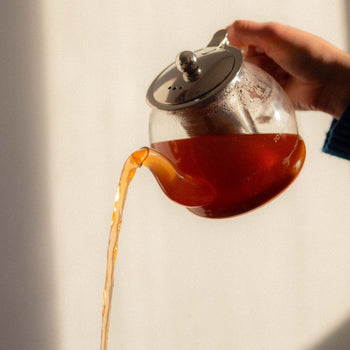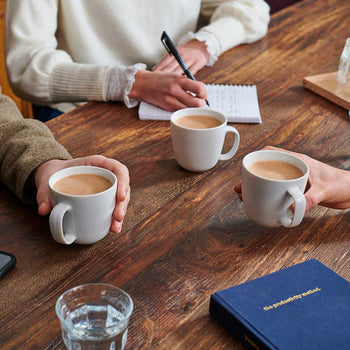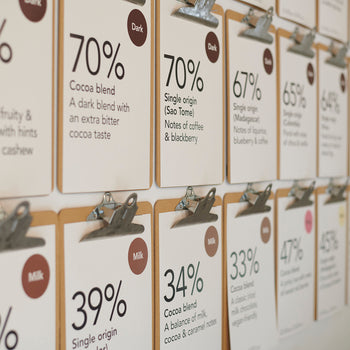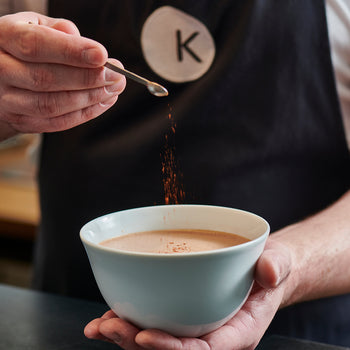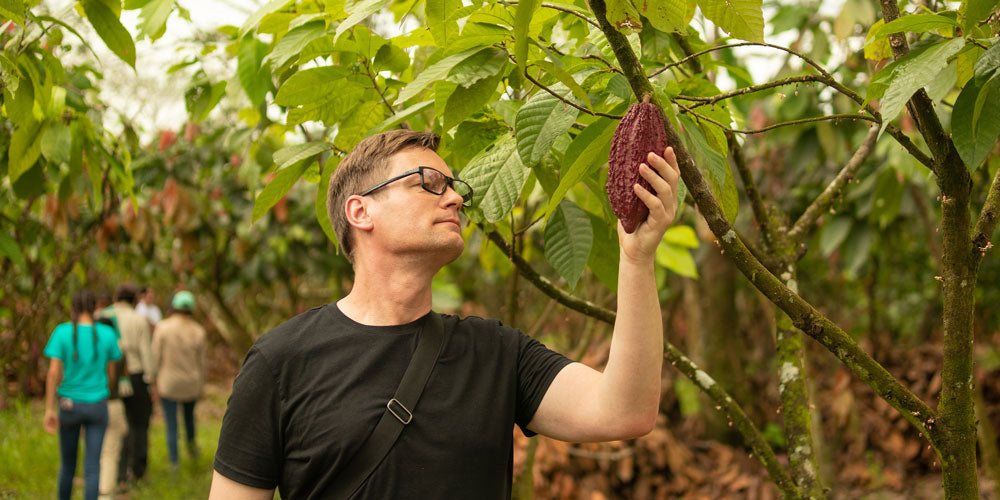Before coffee, before tea—there was chocolate
The Maya
Long before lattes, circa 3200 BCE, the Mayo-Chinchipe turned cacao into a drink. It was rich, spiced and deeply bitter. The Maya perfected the art, grinding cocoa into a paste, mixing it with water, chilli and cornmeal, then pouring it between cups to create froth. The first baristas? Quite possibly.
The Aztecs
The Aztecs made it bolder, stronger, a drink for warriors. Montezuma II alone drank 50 golden goblets a day, presumably preparing for big meetings or bigger battles.
The Europeans
In a case of fourth time’s the charm, Europeans first encountered chocolate in 1502 on Columbus' fourth voyage. By the 1600s, chocolate houses had taken over London, where the wealthy schemed over steaming cups of spiced cocoa.
The Jamaicans
Sir Hans Sloane, an English physician, had the idea of adding milk. While in Jamaica, he found the local cacao drink too bitter, so he softened it with milk and brought the idea back to England. One small tweak, a giant leap for chocolate-kind.
To the current day
And then, things sped up. Factories. Mass production. Artificial flavours. Vague promises of cocoa.
But today the best hot chocolate is still made the way it always has been—slowly, deliberately and with real chocolate.
Because hot chocolate isn’t instant. It’s ancient. And it’s worth doing properly.
